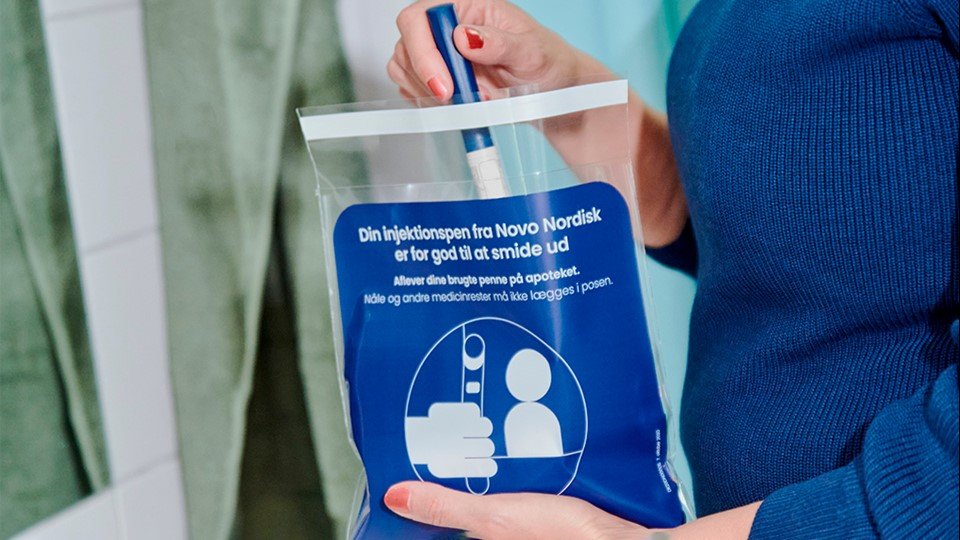Case: Membrane filtration module for wastewater treatment
LowResist MBR membrane
Alfa Laval
Green Urban Living / Healthy Water / Climate Adaptation

By 2050, it is estimated that the mass of plastics in the oceans will exceed the mass of fish. In a Danish research project, Alfa Laval MBR membranes demonstrated their effectiveness in removing microplastics from wastewater, which are having devastating effects on marine life.
There might be as many as 50 trillion particles of microplastic currently awash in the world’s oceans. These plastic fragments of pollution from consumer products and industry, each smaller than 5mm in diameter, have been found in 16 out of 17 brands of sea salt, four out of five samples of drinking water, and 80 percent of British mussels.
Alfa Laval has worked with Plastic Change, Aarhus University, Roskilde University and EnviDan to measure the quantities of microplastics released into Denmark’s Roskilde Fjord from the Bjergmarken wastewater treatment plant. Alfa Laval financed, installed, managed and operated a membrane bioreactor (MBR) pilot plant capable of filtering down to 0.2μm (micrometers) - one thousandth of the diameter of the nets or filters used in standard plastic trawls. The plant helped the research by concentrating the suspended solids in the retained water by 50 times, so that they could be studied.
“The concentration of plastics in Danish wastewater is luckily not so high today that you can just sample a low volume of water in order to get an adequate and representative sample, so you need to filter a large volume of water,” Claudia Sick, biologist and project manager at the Danish NGO Plastic Change, explains. “This is where Alfa Laval’s MBR was of great help, since it could create a concentrate of the plastic from a large volume of wastewater.” “What I found most interesting so far is that about 1% to 5% of the microplastic going through the wastewater treatment plant is ending up in the treated wastewater, and 80% ends up in the sludge, with the rest caught elsewhere and, to some extent, incinerated.
“The study confirms that MBR retains more microplastics than conventional technologies,” says Emmanuel Joncquez, our membrane bioreactor process specialist at Alfa Laval, “So if future legislation requires further removal of microplastics, then MBR is a proven technique.”











